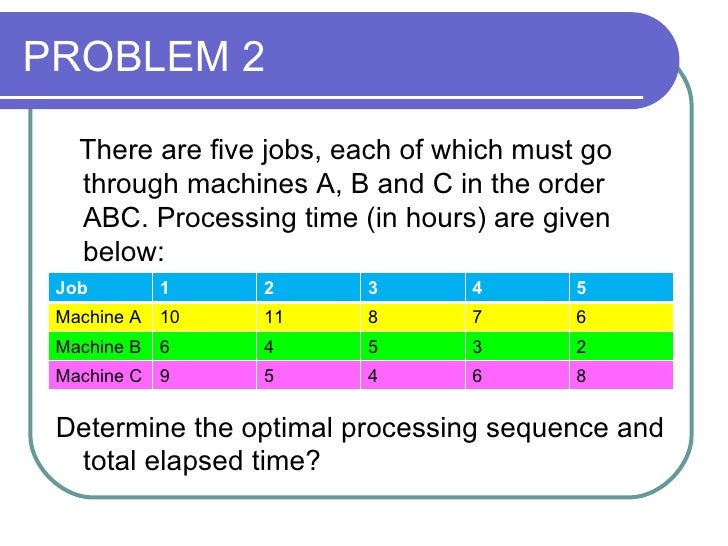

Completing every small task or job in effect helps in completing the larger task.Ī sequence in programming refers to an ordered set of instructions or tasks. What it effectively means is to break up a given task into an order or sequence of smaller tasks. This idea is the basic principle behind sequence programming. Sort clothes into colours/functionality/season.īy following this sequence, anyone can achieve the task. The sequence may look something like this: But no matter which way they choose to accomplish the task, the task itself can be ordered in a sequence. One may also sort the clothes according to the season or according to its colours.
Sequence meaning how to#
How to complete this assigned task?įirstly, one may choose to tackle the wardrobe shelf by shelf, or may empty the whole wardrobe and then sort all the clothes into piles. The task that is assigned is to declutter the wardrobe and arrange the clothes. Typically, the wardrobe will be messy and cluttered. Let's take the example of organising a wardrobe of clothes.

ISBN 978-0-15-506242-9.Before diving into a detailed explanation of a sequence in programming, let’s take a look at a real world example.
^ a b c d e Aldwell and Schachter (2003). Mississauga, Ont.: Frederick Harris Music, 2010. 40 and 49, online: "Gerald Drebes - 2 Aufsätze online: Monteverdi und H. ^ Gerald Drebes (1992): Schütz, Monteverdi und die „Vollkommenheit der Musik“ – „Es steh Gott auf“ aus den „Symphoniae sacrae“ II (1647), in: Schütz-Jahrbuch 14, p. "Fundamental Progressions of Harmony." Classical Form: A Theory of Formal Functions for the Instrumental Music of Haydn, Mozart and Beethoven. Early Music: A Very Short Introduction, p.53-4. "Tippett, Sequence, and Metaphor", Tippett Studies, p.96. Whether dull or masterly, however, the emphasis is on the underlying process rather than the material itself. It is particularly prevalent in passages involving extension or elaboration indeed, because of its inherently directed nature, it was (and still is) often pulled from the shelf by the less imaginative tonal composer as the stock response to a need for transitional or developmental activity. The device of sequence epitomises both the goal-directed and the hierarchical nature of common-practice tonality. Although stereotypically associated with Baroque music, and especially the music of Antonio Vivaldi, this device is widespread throughout Western music history. The non-diatonic sequence tends to modulate to a new tonality or to cause temporarily tonicization.Īt least two instances of a sequential pattern-including the original statement-are required to identify a sequence, and the pattern should be based on several melody notes or at least two successive harmonies ( chords). Bach demonstrates both kinds of sequence at work:īars 3-4 from J.S.Bach, the "Air" from the Suite 3 in D BWV 1068Ī sequence can be described according to its direction (ascending or descending in pitch) and its adherence to the diatonic scale-that is, the sequence is diatonic if the pitches remain within the scale, or chromatic (or non-diatonic) if pitches outside of the diatonic scale are used and especially if all pitches are shifted by exactly the same interval (i.e., they are transposed). In a melody, a real sequence is a sequence where the subsequent segments are exact transpositions of the first segment, while a tonal sequence is a sequence where the subsequent segments are diatonic transpositions of the first. There are many types of sequences, each with a unique pattern. It is possible for melody or harmony to form a sequence without the other participating. Segments continue by same interval distance. Usually in only one direction: continually higher or lower. Two segments, usually no more than three or four. 
It is one of the most common and simple methods of elaborating a melody in eighteenth and nineteenth century classical music ( Classical period and Romantic music).

In music, a sequence is the restatement of a motif or longer melodic (or harmonic) passage at a higher or lower pitch in the same voice. Melodic sequence on the lines "Send her victorious," and "Happy and glorious," from " God Save the Queen" Play ( help








 0 kommentar(er)
0 kommentar(er)
